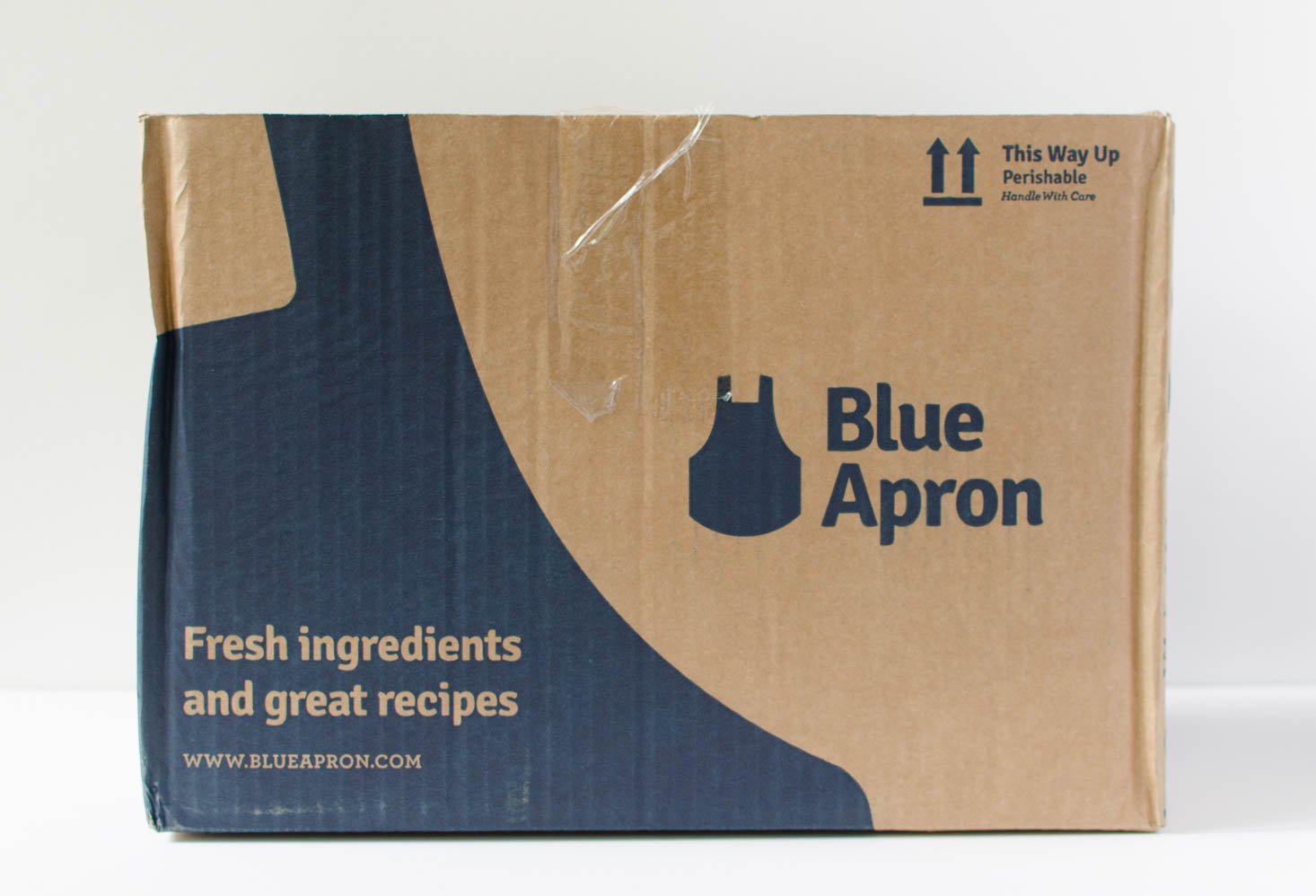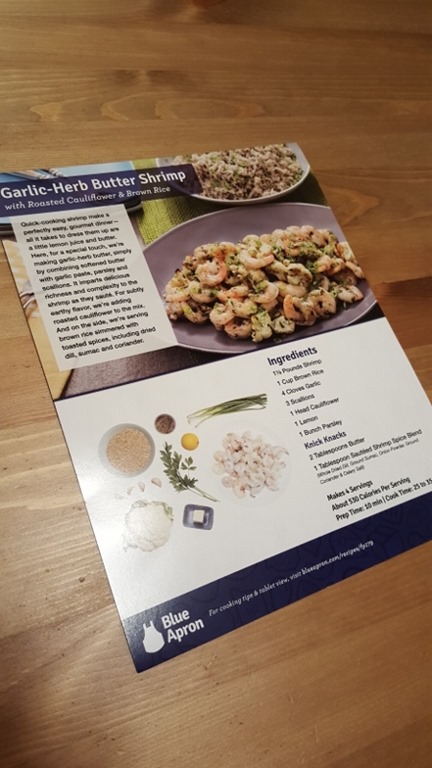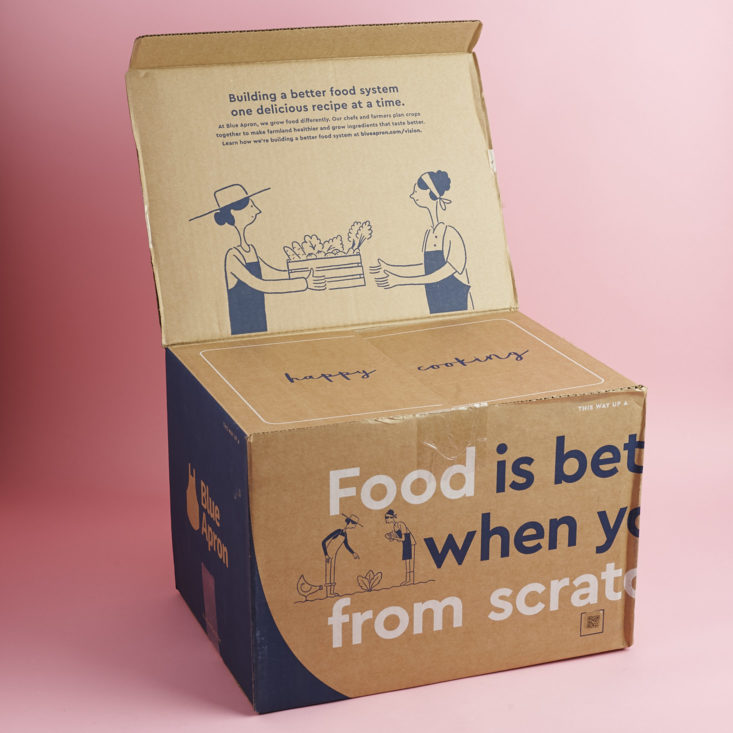

The Signature recipes include diabetes-friendly meals, WW (formerly Weight Watchers) Recommended Meals, and other health-conscious offerings. People looking for premium ingredients and next-level recipes.īlue Apron’s Signature menu has the most variety, with options for meat, fish, or Beyond Meat ™.Ingredients sourced directly from farmers.“With Amazon as their potential main competitor, this may make that long-term profit target more difficult than before the (Whole Foods) merger,” said Eric Kim, co-founder and managing partner of venture capital firm Goodwater Capital.

Amazon’s significant investment in automation is also likely to give it a leg-up in managing costs. While meal kits have not been a focus for Amazon, it started investing in the sector earlier this year and has launched a partnership with Martha Stewart’s meal kit service, Martha & Marley Spoon, to deliver Stewart-designed meals in New York, San Francisco, Dallas and Philadelphia, Boston, Washington, Seattle and Los Angeles.Īmazon has not specified its plans for Whole Foods stores, but industry insiders believe they could serve as distribution points for fresh food delivery. It has also faced steep costs of building out delivery infrastructure for fresh food. The company spent roughly 18 percent of its $795.4 million revenue in 2016 on marketing, posting a net loss of $54.9 million. Like other meal-kit companies, Blue Apron has spent heavily on marketing to compete for customers who often switch service providers, or cancel their subscriptions altogether. Snap went public in March and surged in its first day of trading, but shares are now just above their IPO price after declining revenue growth and widening losses raised questions about whether the Snapchat app owner would ever be profitable.

Snap Inc's SNAP.N IPO earlier this year has shown investors that growth at all costs is a mistake," said Kathleen Smith, principal of Renaissance Capital LLC, a manager of IPO-focused exchange-traded funds.
/blueapron-5bfc3c2ac9e77c0051483009.jpg)
"Amazon's deal for Whole Foods earlier this month added to concerns, but Blue Apron's high marketing costs were a negative factor. The Whole Foods deal announced in mid-June would hand the e-commerce company a ready-made distribution system for food delivery in the form of brick-and-mortar grocery stores. Amazon already has a small meal-kit business, delivering ingredients and recipes to customers in a handful of U.S.


 0 kommentar(er)
0 kommentar(er)
